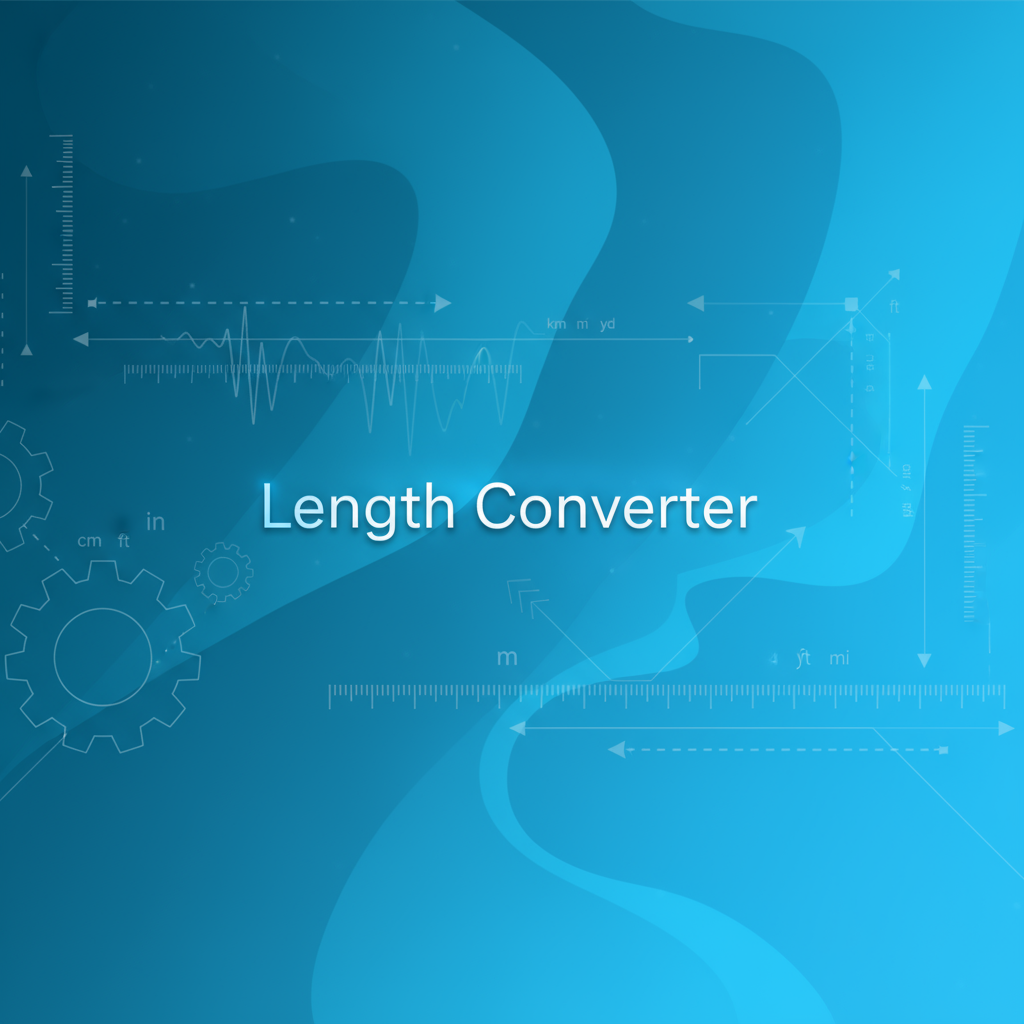
Surface Charge Density Converter
Surface Charge Density Converter Conversion Chart
| From | To | Formula (for 1 unit) | Result |
|---|
Quick Conversion Links
About This Tool
This Surface Charge Density Converter is a tool for physics and electrical engineering. It converts units of surface charge density, which describes the quantity of electric charge per unit area on a surface. The base unit is coulombs per square meter (C/m²).
This measurement is fundamental for analyzing the charge on conductive plates (like in a capacitor), the surfaces of charged objects, and is used to calculate the electric fields near these surfaces.
Tips & Features
- The C/m² Standard: The coulomb per square meter (C/m²) is the SI unit for surface charge density. It measures how densely electric charge is packed onto a two-dimensional surface.
- Application: Surface charge density (often denoted by σ) is a critical value for calculating the electric field between the plates of a parallel-plate capacitor.
Expand your expertise
Recommended deep dives and guides matched to Surface Charge Density Converter.
In-depth Tool Guides
Knowledge Base Articles
Understanding Chaos Theory: From Double Pendulums to Complex Systems Explore the fascinating world of deterministic chaos through the double pendulum and beyond. This comprehensive guide explains how simple systems produce complex behavior, the mathematics of chaos, and its profound implications for science, prediction, and our understanding of nature.
Updated 11/3/2025 Capacitance Conversion Guide: Farads, µF, nF, pF Comprehensive guide to capacitance conversion covering theory, practical applications, and best practices for electronics engineering and circuit design.
Updated 11/3/2025 Complete Guide to Electric Charge Unit Conversion Professional Complete Guide to Electric Charge Unit Conversion tool for efficient workflow and productivity.
Updated 11/4/2025 Charge Converter Knowledge Article Comprehensive knowledge guide to electric charge unit conversion principles, practical applications, and industry best practices
Updated 11/4/2025